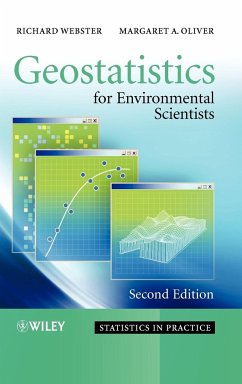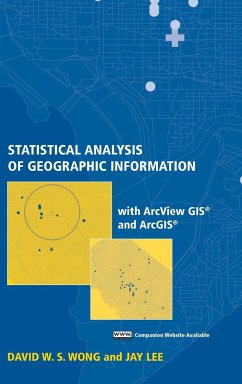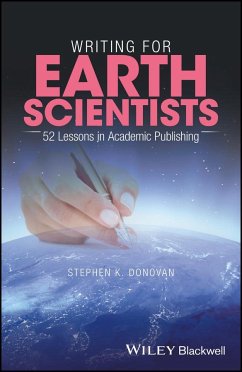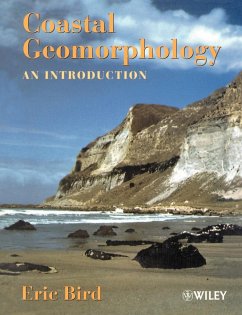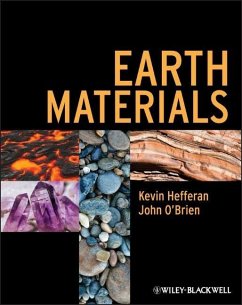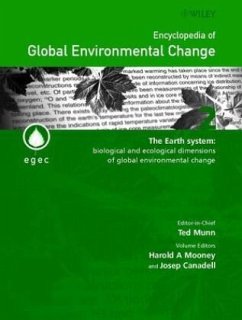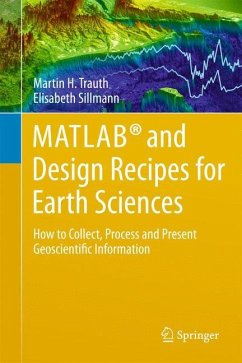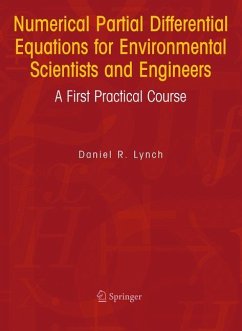Nicht lieferbar

Practical Statistics for Geographers and Earth Scientists
Versandkostenfrei!
Nicht lieferbar
Weitere Ausgaben:
A statistics textbook that all students can work through, regardless of their geography or earth science stream degree pathway and their existing mathematical knowledge.
The main rationale for the book is to demystify the mathematical component of statistics and to present these techniques in a digestible fashion. This will be achieved through case studies that illustrate the workings of each technique, through photographs and diagrams that help students visualise some of the processes involved and through a clear explanation of how statistical software packages work.
The main rationale for the book is to demystify the mathematical component of statistics and to present these techniques in a digestible fashion. This will be achieved through case studies that illustrate the workings of each technique, through photographs and diagrams that help students visualise some of the processes involved and through a clear explanation of how statistical software packages work.
Practical Statistics for Geographers and Earth Scientists provides an introductory guide to the principles and application of statistical analysis in context. This book helps students to gain the level of competence in statistical procedures necessary for independent investigations, field-work and other projects. The aim is to explain statistical techniques using data relating to relevant geographical, geospatial, earth and environmental science examples, employing graphics as well as mathematical notation for maximum clarity. Advice is given on asking the appropriate preliminary research questions to ensure that the correct data is collected for the chosen statistical analysis method. The book offers a practical guide to making the transition from understanding principles of spatial and non-spatial statistical techniques to planning a series analyses and generating results using statistical and spreadsheet computer software.
Learning outcomes included in each chapter
International focus
Explains the underlying mathematical basis of spatial and non-spatial statistics
Provides an geographical, geospatial, earth and environmental science context for the use of statistical methods
Written in an accessible, user-friendly style
Datasets available on accompanying website at www.wiley.com/go/Walford
Learning outcomes included in each chapter
International focus
Explains the underlying mathematical basis of spatial and non-spatial statistics
Provides an geographical, geospatial, earth and environmental science context for the use of statistical methods
Written in an accessible, user-friendly style
Datasets available on accompanying website at www.wiley.com/go/Walford





